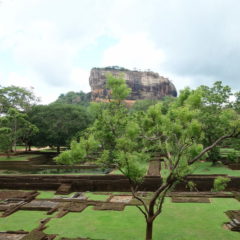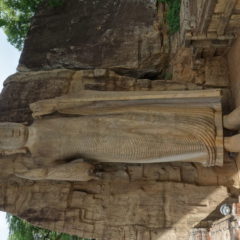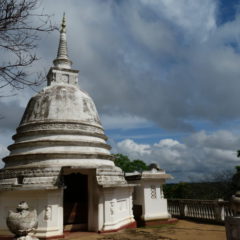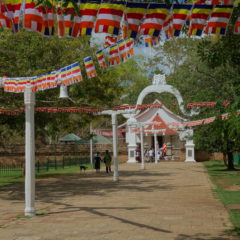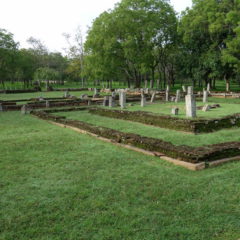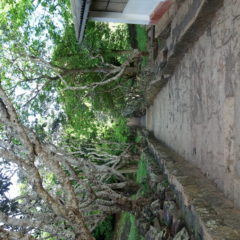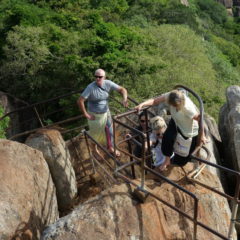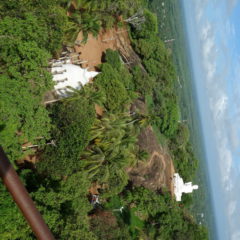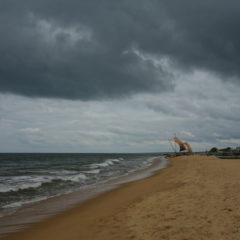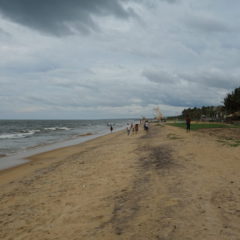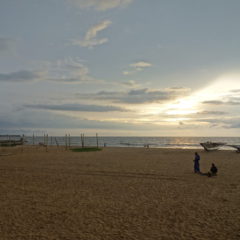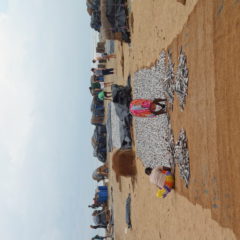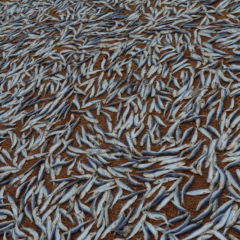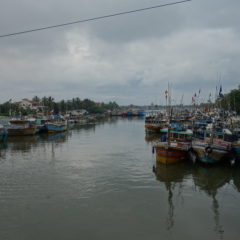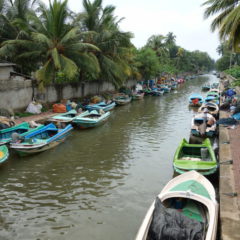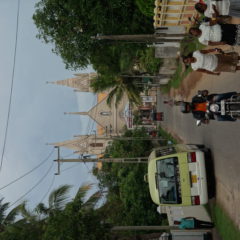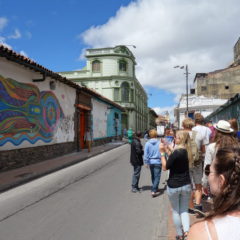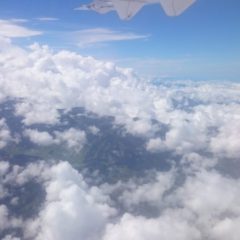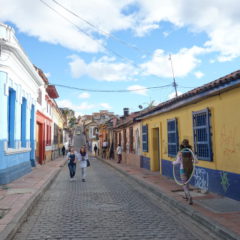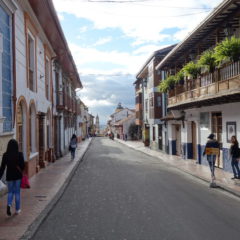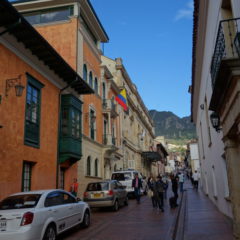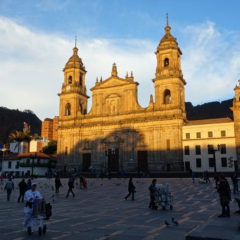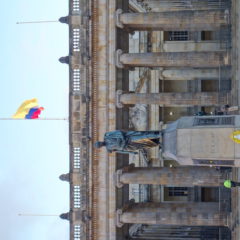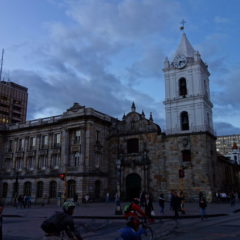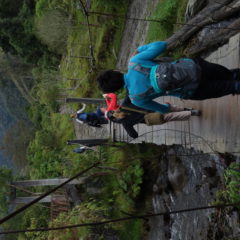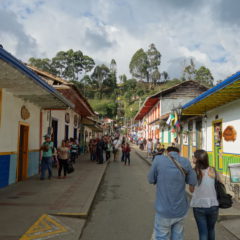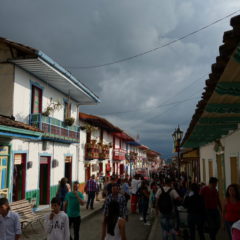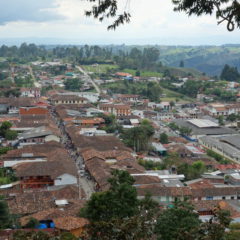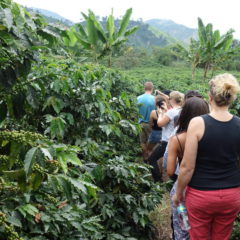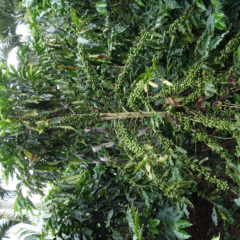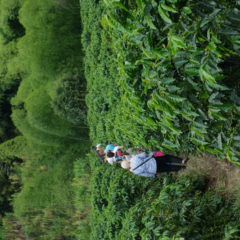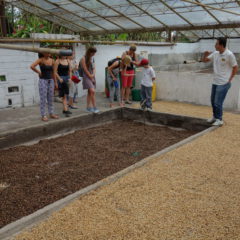Like in many other years before, I – once more – used the month of November to leave grey Germany behind and get in some sun and heat.
As my trip to Southern India two years back had made me curious on the region, Sri Lanka was a natural pick, especially as some opportunities around flights and tour came up … quickly I was booked …
After 14 hours on planes and in airports (and about six movies) I finally had arrived in Sri Lanka and continued to the tour starting point of Negombo.
With close proximity to the aiport and its (fairly so-so) beach, Negombo certainly makes a good start and endpoint for a tour of Sri Lanka, however I would certainly not want to stay much longer here than a day or two.
The group got together on the evening of the 19th with the usual introductions, tour overview and information – – and it started with a surprise: in my group there were two known faces … at first I did not know, where to put them – but in the end my memory did not fail me and I found myself in company of two fellow travelers from my Japan trip back in 2008 – – really makes you wonder, what the odds are for that one … hitting the jackpot in Vegas (or Macao) might be more likely … anyhow, clearly shows how small the world is at last.
Sunday morning started with a quick tour of town: a short stop at the fish market (not too much to see here, given it was Sunday and the fishermen – supposedly – in church), a quick view of the former fort (now prison – therefore just quick), a short visit at the harbor, a glance of the Dutch canals and finally our chance for a church visit (or checking for the fishermen). From here we continued towards our next destination – Anuradhapura.
